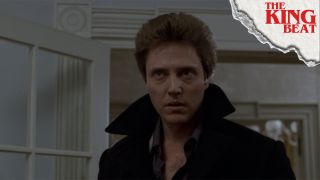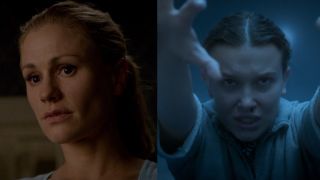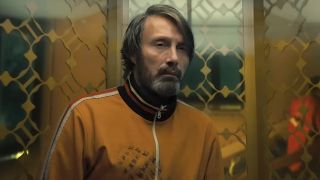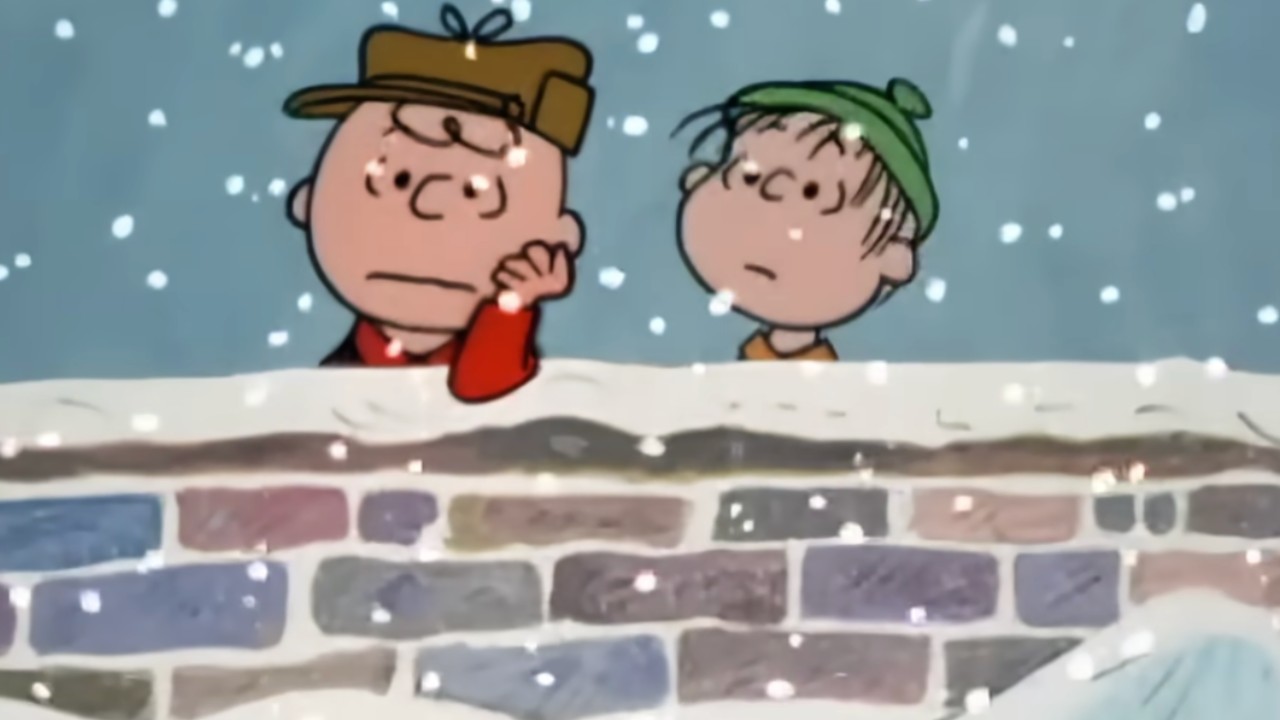horror
Latest horror

Ghostface Alum Scott Foley Gushes Over Returning For Scream 7 (Even Though He's Clueless About The Movie)
By Corey Chichizola published
Roman Bridger is back!
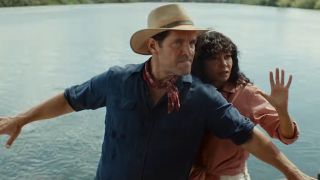
Anaconda Has Screened, And People Are Surprised About One Aspect Of The ‘Gut-Busting’ Remake
By Heidi Venable published
Paul Rudd and Jack Black revive a '90s cult classic.
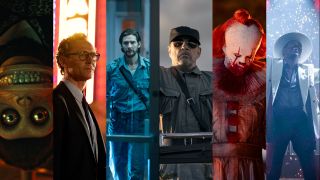
I Watched All 6 Stephen King Adaptations In 2025, And It Was Super Tricky To Pick A Favorite
By Eric Eisenberg published
So much great stuff from the master storyteller.

Stranger Things' 'Sorcerer' Episode Had Me Convinced We'd See A Gross Reference To Shawshank Redemption, But That's My Bad
By Nick Venable published
I'm honestly shocked this didn't go down.
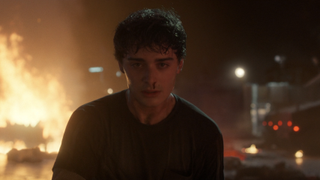
After Watching Stranger Things 5 Part 1, I Want To Talk About This One Character’s Journey
By Jerrica Tisdale published
One story really stands out.

Sarah Michelle Gellar Is Back On Her Horror Grind, But Still Knows How To Rock Minnie Mouse Ears In 'Much Needed' Disneyland Trip Pics
By Dirk Libbey published
Buffy goes to Disneyland
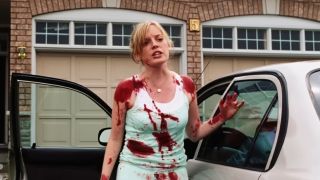
Zack Snyder And James Gunn Threw Back To Their Dawn Of The Dead Collab With Gnarly Pics, And Fans Are Swooning
By Dirk Libbey published
The former and current DC filmmakers are remembering the time they worked together.

Following M3GAN 2.0 Bombing At The Box Office, The Soulm8te Spinoff Just Got Some Bad News
By Eric Eisenberg published
Yikes.
CINEMABLEND NEWSLETTER
Your Daily Blend of Entertainment News
LATEST ARTICLES
